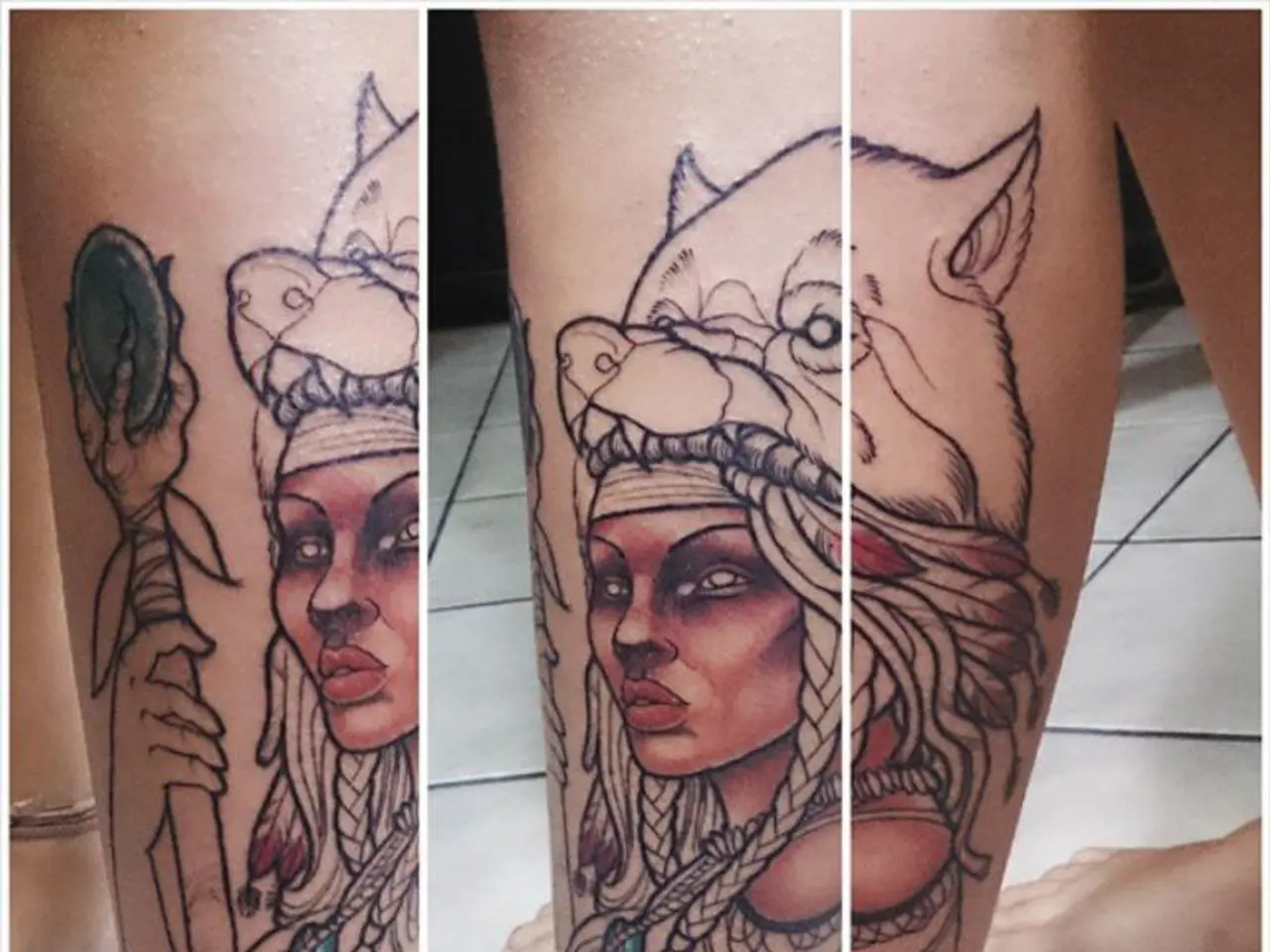Implications and Strategies for Minimizing Scarring After a Breast Reduction Procedure
Minimizing the Appearance of Breast Reduction Scars
Breast reduction surgery is a common procedure that helps alleviate physical discomfort and boost self-confidence for many individuals. However, it's essential to understand that breast reduction surgery will leave scars, and the extent of scarring can vary. This article aims to provide insights into techniques, post-operative care, and potential complications related to minimizing the appearance of breast reduction scars.
Advanced Surgical Techniques
Many modern breast reduction surgeries employ advanced techniques such as the superomedial pedicle with short scar approaches. These methods aim to reduce the length and visibility of scars. For example, some surgeons combine liposuction with these latest short scar techniques to achieve smaller, more concealed scars, typically placed from the areola downward and hidden in natural breast folds. These scars tend to improve significantly over about one year and often become barely noticeable [1].
The choice of incision type also affects scar visibility. Common incisions include periareolar (around the nipple), vertical (lollipop), and inverted T (anchor). Larger breasts may require more extensive incisions like the inverted T, which initially produces more visible scarring but fades with time [4][5].
Post-Operative Care and Treatments
Proper wound care after surgery is crucial. This includes keeping incisions covered, wearing supportive bras without metal, and changing dressings as advised [1].
Scar appearance can be improved with treatments such as:
- Silicone gel or sheets applied to scars to promote fading
- Steroid injections to reduce redness, itching, and scar size
- Chemical peels to remove damaged surface skin and improve texture, although they are less effective on deep surgical scars [3]
- Scar revision surgery for smoothing and blending particularly noticeable scars through layered closure techniques [3]
Avoiding sun exposure on healing scars is essential, as ultraviolet light can worsen scar pigmentation and visibility [3][5].
Potential Complications
Some patients may experience scar widening, hypertrophic scars (raised, red scars), or keloids (excessive scar tissue beyond the wound). These complications can depend on individual healing responses, genetics, and surgical technique [3][5].
Surgeons aim to minimize these risks by selecting suitable incision placements, using meticulous suturing, and guiding patients on appropriate post-care [1][5].
People of Color may wish to find a highly-qualified surgeon who has experience performing surgery on people with dark skin to minimize the risk of hyperpigmentation, hypopigmentation, and keloid scars.
To summarize, minimizing breast reduction scars involves choosing advanced surgical methods designed for smaller, strategically placed incisions, adhering to careful post-operative care, using adjunct scar treatments like silicone products or steroid injections, and understanding individual healing risks and possible scar complications. Consulting with a board-certified plastic surgeon experienced in breast reduction is essential for personalized advice tailored to your anatomy and healing tendency [1][3][5].
It's important to note that insurance may not cover the costs of a fractionated laser procedure, and additional lifestyle changes may be necessary before undergoing such a procedure. The Aesthetic Society, The American Society of Plastic Surgeons, and International Society of Aesthetic Plastic Surgery can be used to find a plastic surgeon. For those seeking culturally sensitive surgeons and doctors, resources like Black Doctor.org, Find A Black Doctor, and Hued can be helpful.
Scars form as a natural healing process following breast reduction surgery or other skin lacerations. Over time, the scars should become less noticeable and fade. However, it may not be possible to prevent scars, but steps can be taken to prevent raised scars or keloid scars.
In some cases, a tattoo artist may be able to tattoo over the scar tissue or incorporate it into the tattoo design, but they should have experience working with scar tissue.
References: [1] American Society of Plastic Surgeons. (n.d.). Breast Reduction. Retrieved from https://www.plasticsurgery.org/cosmetic-procedures/breast-reduction
[2] American Society of Plastic Surgeons. (n.d.). Breast Reduction Recovery. Retrieved from https://www.plasticsurgery.org/cosmetic-procedures/breast-reduction/recovery
[3] American Society of Plastic Surgeons. (n.d.). Breast Reduction Risks and Safety Information. Retrieved from https://www.plasticsurgery.org/cosmetic-procedures/breast-reduction/safety
[4] Mayo Clinic. (2020, July 16). Breast reduction surgery. Retrieved from https://www.mayoclinic.org/tests-procedures/breast-reduction/about/pac-20394842
[5] Plastic Surgery.org. (n.d.). Breast Reduction Scars. Retrieved from https://www.plasticsurgery.org/cosmetic-procedures/breast-reduction/recovery/scars
- To help minimize the visibility of breast reduction scars, surgical techniques like the superomedial pedicle with short scar approaches, combined with liposuction for smaller, more concealed scars, and careful incision placement can be beneficial.
- Post-operative care, such as maintaining wound care with dressings, supportive bras, and avoiding sun exposure, plays a crucial role in improving scar appearance and reducing complications like scar widening, hypertoprhic scars, or keloids.
- In some cases, additional treatments like silicone gel or sheets, steroid injections, chemical peels, or even scar revision surgery may be used to further improve scar appearance and reduce noticeability over time.




